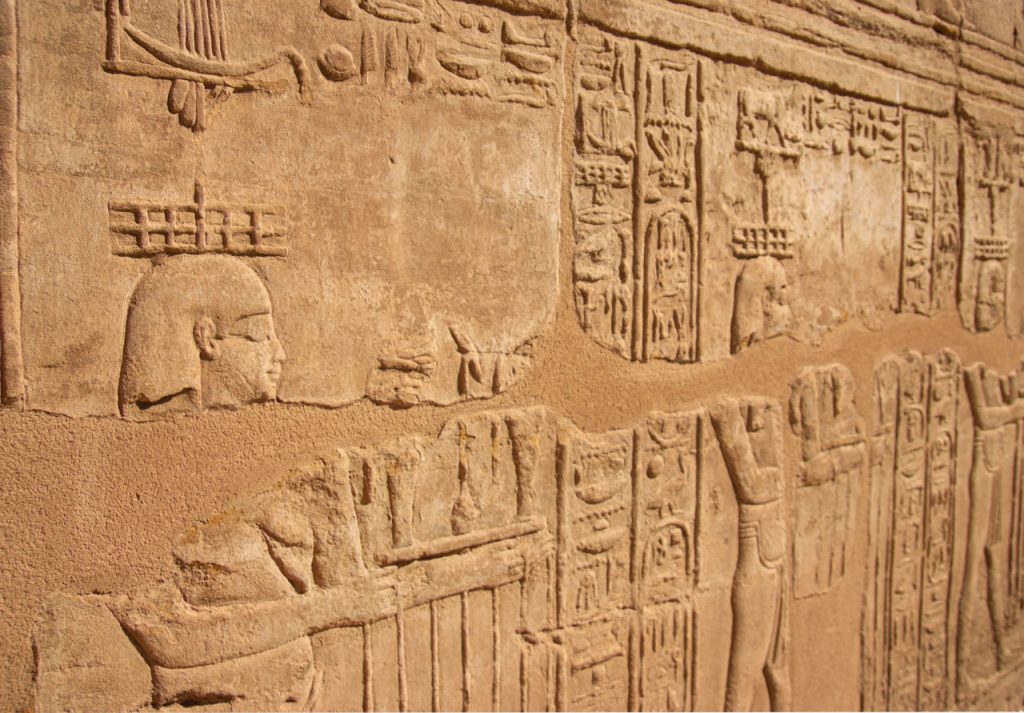The Ancient Egyptian civilization, one of the world’s oldest and most enduring, spanned over 3,000 years, flourishing along the banks of the Nile River. Egypt’s rise to prominence can be traced back to the early dynastic periods, when the country was unified under the rule of the first pharaoh, Narmer, around 3100 BCE. From that point onward, Egypt developed into a powerful empire known for its impressive architectural achievements, such as the construction of the Pyramids of Giza, and its rich cultural and religious practices that have influenced much of world history.
At the height of its power during the New Kingdom period (1550-1070 BCE), Egypt was a dominant force in the ancient world, controlling vast territories in the Near East and Africa. The pharaohs of this period, such as Ramses II and Thutmose III, expanded Egypt’s borders through military conquest, creating an empire that stretched from modern-day Sudan to Syria. The wealth generated through trade, conquest, and tribute enabled Egypt to flourish, resulting in advancements in art, science, and literature.
However, the Egyptian civilization began to decline for several reasons, both internal and external. A combination of political instability, economic troubles, and foreign invasions gradually weakened Egypt’s once-dominant position. Following the New Kingdom’s fall, Egypt entered a period of political fragmentation, with local rulers vying for power. This disunity left the civilization vulnerable to outside threats, including invasions from the Libyans, Nubians, and the Sea Peoples.
Perhaps the most significant turning point in Egypt’s decline came with the invasion of the Assyrian Empire in the 7th century BCE. The Assyrians were one of the most formidable military powers of their time, and their conquest of Egypt severely weakened the country’s ability to resist external control. Though Egypt briefly regained some independence under the 26th Dynasty, it was ultimately conquered by the Persians in 525 BCE, marking the beginning of a long period of foreign domination.
In the centuries that followed, Egypt was ruled by a series of foreign empires, including the Greeks under Alexander the Great, and later the Romans. The Ptolemaic dynasty, which began after Alexander’s death, saw a brief revival of Egyptian culture, but by 30 BCE, following the defeat of Cleopatra VII by Augustus, Egypt was absorbed into the Roman Empire, thus ending the reign of the pharaohs.
The decline of Ancient Egypt was a gradual process, shaped by a series of internal divisions, external invasions, and the eventual collapse of its political and military structures. Once a beacon of ancient civilization, Egypt’s decline left it vulnerable to foreign rule, and it would never again regain its former status as an independent power. Yet, even as Egypt fell, its cultural and technological innovations continued to influence civilizations across the Mediterranean and beyond.
Despite the eventual demise of Ancient Egypt, its legacy endures through its monumental architecture, religious contributions, and lasting impact on art, science, and philosophy. The history of Egypt stands as a testament to the cycles of rise and fall that shape all civilizations, offering lessons on resilience, innovation, and the importance of political unity in the face of external pressures.

